Gigabyte GeForce RTX 2080 Super Gaming OC Review
December 4, 2019 | 12:00
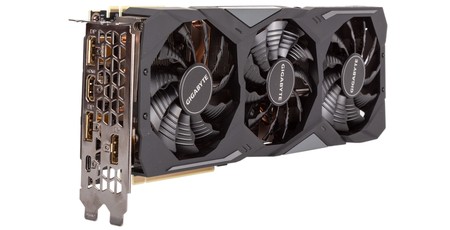
Performance Analysis
What Resolution?
The power of the RTX 2080 Super GPU is such that this card could easily be paired successfully with any common desktop resolution. At 1080p, you’d enjoy extremely high frame rates in most games, and actually in many (especially DirectX 11 and 9 games) it’s likely your CPU would be the bottleneck. At the other end of the scale at 4K, playing AAA titles with maximum settings is possible – we never dipped below a console-grade 28fps on the 99th percentile, and averages were between 35fps and 66fps – but we still reckon 1440p is the sweet spot (3,440 x 1,440 would be a good fit, too). We don’t consider a minimum of 28fps acceptable for PC gaming, and as games get tougher over time you’ll feel the impact most the higher your resolution is. At 1440p, the lowest we see is a much healthier 42fps, and you have the potential to enjoy 100fps+ in easier games too and really take advantage of a high refresh rate monitor. It also gives you headroom to enjoy ray-tracing visuals, whereas at 4K you’d often have to leave them off.
Versus RTX 2080 Super FE
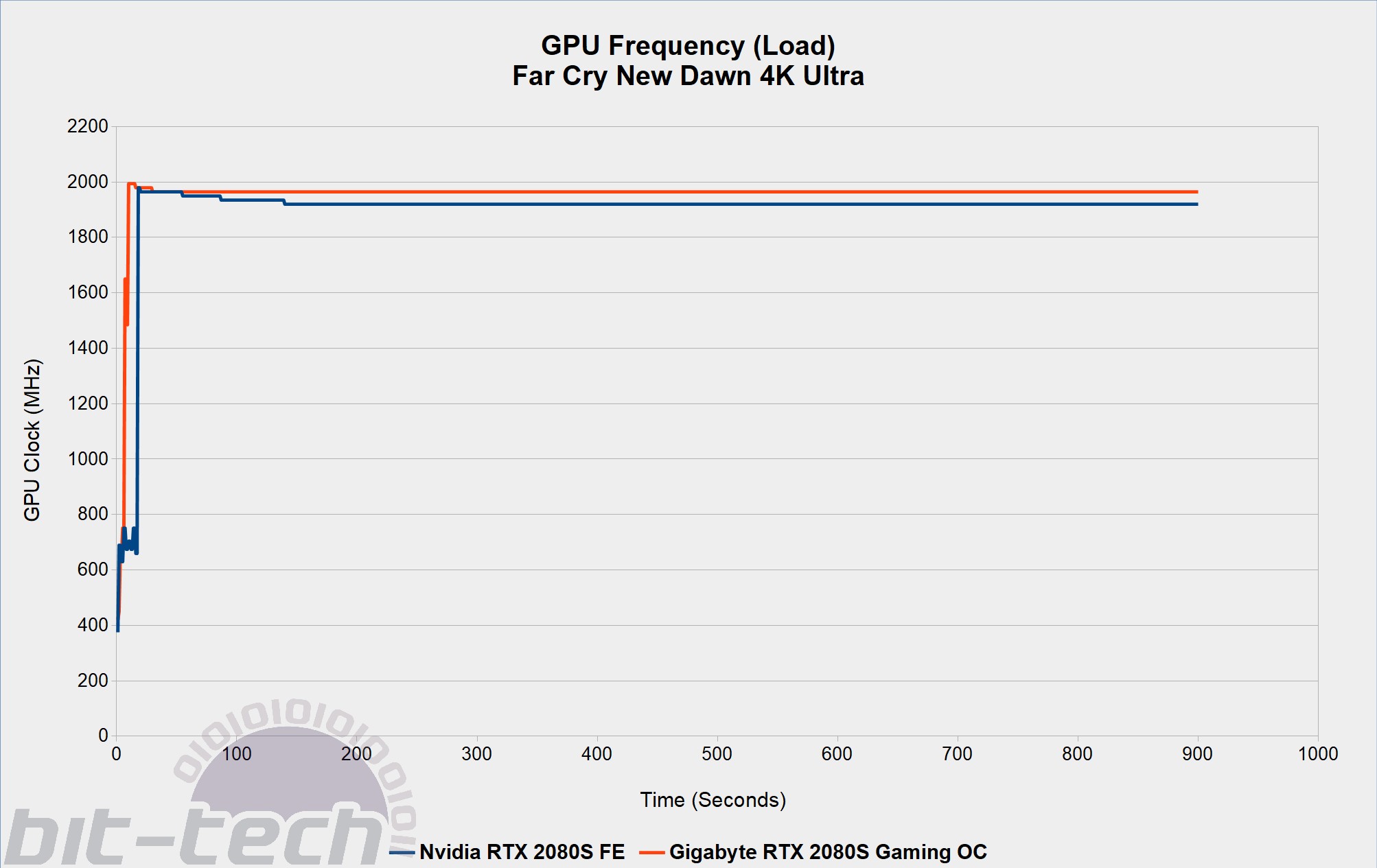
The same is also true of the Founders Edition card, of course, and this really is the main point of comparison given the lack of competition at this price level. Comparing their clock speed over time, it’s clear neither card has any severe thermal or power limits, with both settling into a steady state very quickly and maintaining the same clocks thereafter. Gigabyte’s comes out 45MHz higher despite being tested in a slightly higher ambient temperature, so the combination of overclock and beefy cooling clearly helps, but it’s never going to make a perceptible difference to performance. The two cards are neck and neck in every game and synthetic performance test, with the difference swinging in Gigabyte’s favour by less than one percent.
Versus Nvidia Products
Compared to other Nvidia products in the stack, we see the RTX 2080 Ti comfortably ahead by around 16.5 percent overall and 20 percent when focusing on 4K. That said, Gigabyte’s RTX 2080 Super Gaming OC of course beats everything else. It’s 6.5 percent quicker than the RTX 2080 FE overall and around 14 percent faster than the RTX 2070 Super FE, and versus that latter card the Gigabyte enjoys a slightly bigger lead whenever you up the resolution, which tends to be good evidence that it will resist the pressure of more demanding games better in the future.
Versus AMD Products
AMD isn’t really in the equation if you’re already set on spending this much money, but for what it’s worth we see this card outperform a high-quality RX 5700 XT part (the Sapphire Nitro+) by 19 percent overall, but we only have data at 1080p and 1440p for the Navi card. If we had tested at 4K too, we’d see this figure increase probably to around 25 percent. Regardless, there is quite a bit of range in the performance data, with the Gigabyte part only being around seven percent quicker than the Navi one in Far Cry New Dawn at 1080p (likely a CPU bottleneck issue) but a much healthier 31 percent faster in Total War: Three Kingdoms at 1440p. Naturally, this comparison doesn’t take into account hardware-based ray tracing, something that remains the exclusive realm of Nvidia hardware outside of benchmarks.

Power and Thermals
Power consumption is right in line with the Founders Edition – they share the same power target after all. The graph also demonstrates again just how much performance you can get from a 400W budget now.
It’s good news when it comes to thermals as well, with Gigabyte topping the chart with a difference over ambient of just 40°C. We observed the GPU holding steady at just below 65°C, so you needn’t worry about overheating at all. In our tests it's 9°C cooler than the Founders Edition, too, once ambient is accounted for, which is a strong result. Sadly, we don’t have data for memory and VRM temperatures, but the Gigabyte cooler is well designed for taking care of them, so we’re not concerned. Fan speeds settled at a little over 1,600 RPM in our testing, which was audible but not obnoxious, annoying, or too loud. Our testing shows that you have masses of headroom to cap the fan speed even lower without risk of throttling too.
Overclocking
With similar boost speeds to the Founders Edition once both are overclocked, it’s unsurprising to see similar performance, though Gigabyte’s card certainly eats up more power in this state. Thankfully, the cooler handles it well, and the increase in fan speed and temperature is not concerning. In return, we saw performance increase between six and eight percent, closing the gap on the RTX 2080 Ti.
Conclusion
We can’t imagine any card is going to change our mind about the RTX 2080 Super as a whole; we still think you’re better off saving a wad of cash and getting a decent RTX 2070 Super or RX 5700 XT for 1440p gaming, while those seriously considering a 4K setup will be better served both now and in the long run by the RTX 2080 Ti. Of course, just as the RTX 2080 Super is bad value compared to the RTX 2070 Super, the RTX 2080 Ti is bad value compared to the RTX 2080 Super, which helps paint it in a better light. It also occupies a price rung that no other card is even close to, and it’s really the only choice if this is your chosen GPU budget. It’ll get you pretty close to RTX 2080 Ti performance (especially if you overclock) for a good deal less cash.
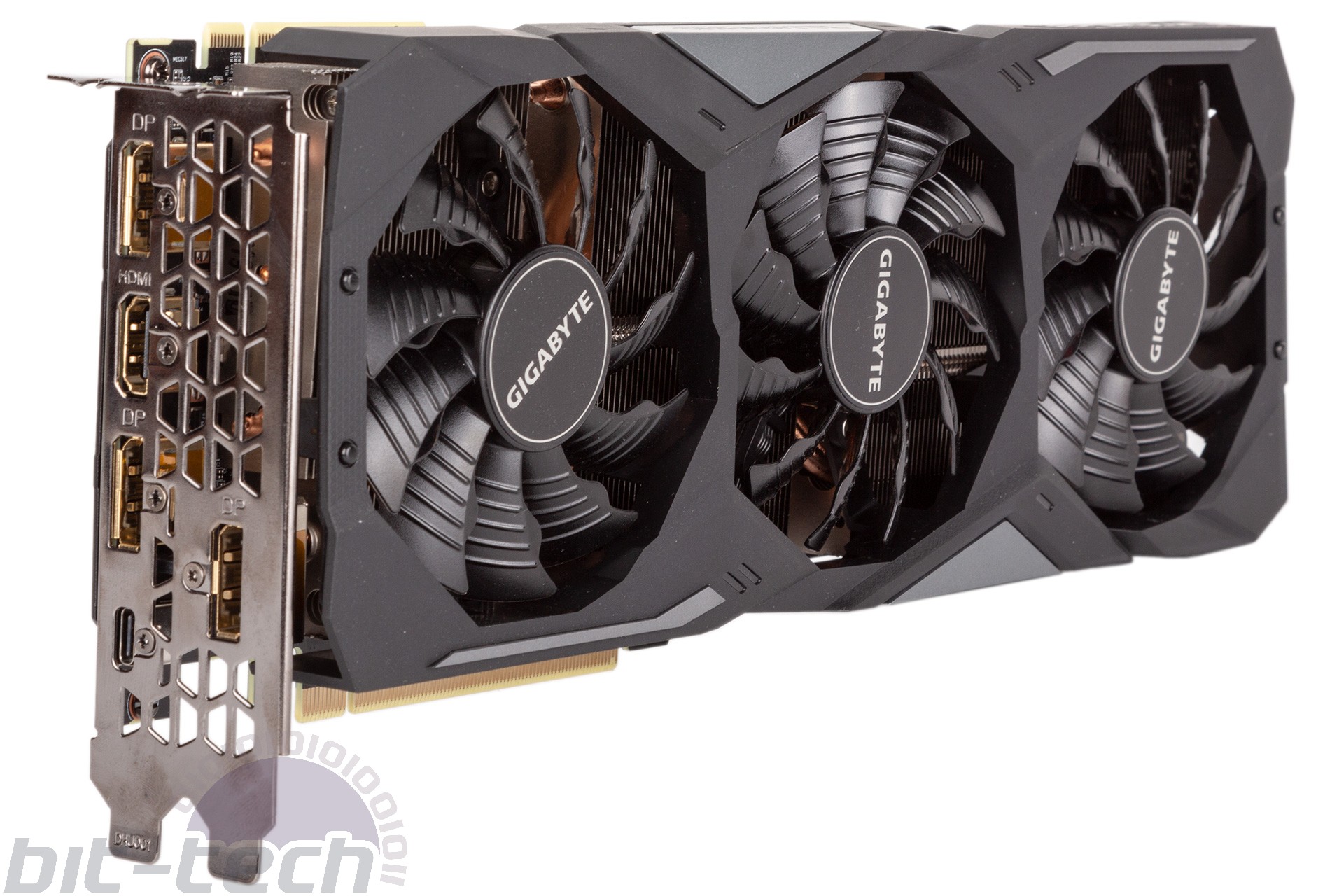
The real question, as we said, is whether the RTX 2080 Super Gaming OC from Gigabyte is a worthy alternative to the Founders Edition, and we reckon it is. It hasn’t blown us away with looks or unique features, but it’s a solid design from a thermals and noise perspective, offers a token but welcome overclock, seems to have just as good overclocking potential, and has RGB lighting, semi-passive fans, and a four-year warranty, as well as a marginally better bang for buck.
Contrary to the wording of the award below, we don’t recommend this card outright – our thoughts on RTX 2080 Super should be clear. But Gigabyte’s RTX 2080 Super Gaming OC does come recommended for anyone already in the market for this costly but extremely powerful GPU, which will make a valiant effort at 4K and dominate at 1440p – even once ray tracing is turned on.


MSI MPG Velox 100R Chassis Review
October 14 2021 | 15:04

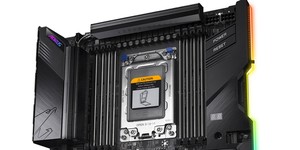
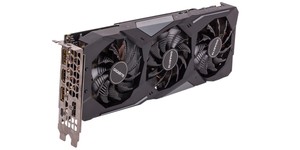
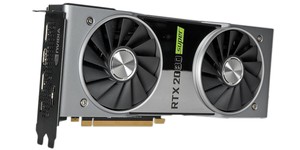




Want to comment? Please log in.